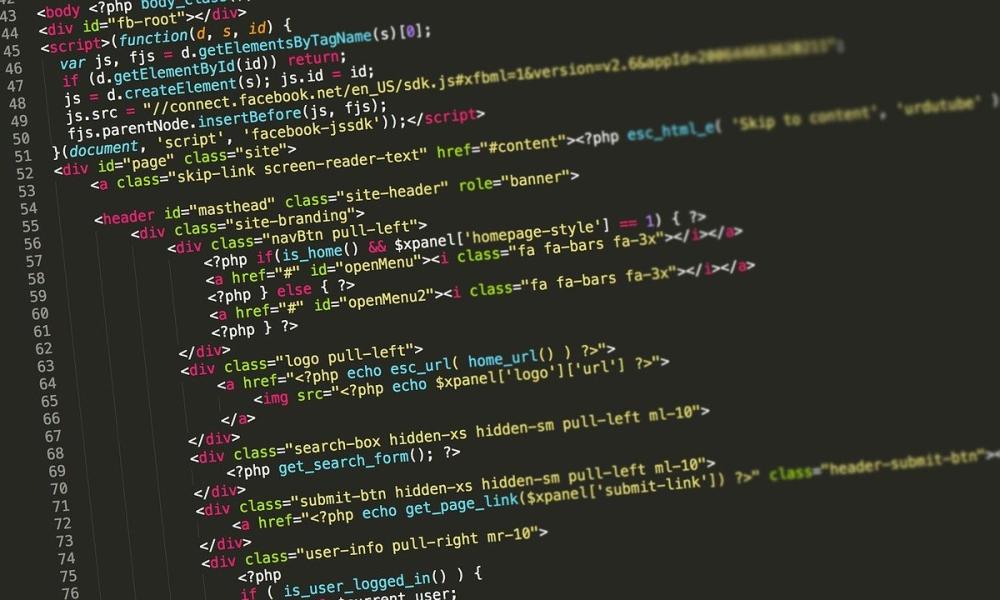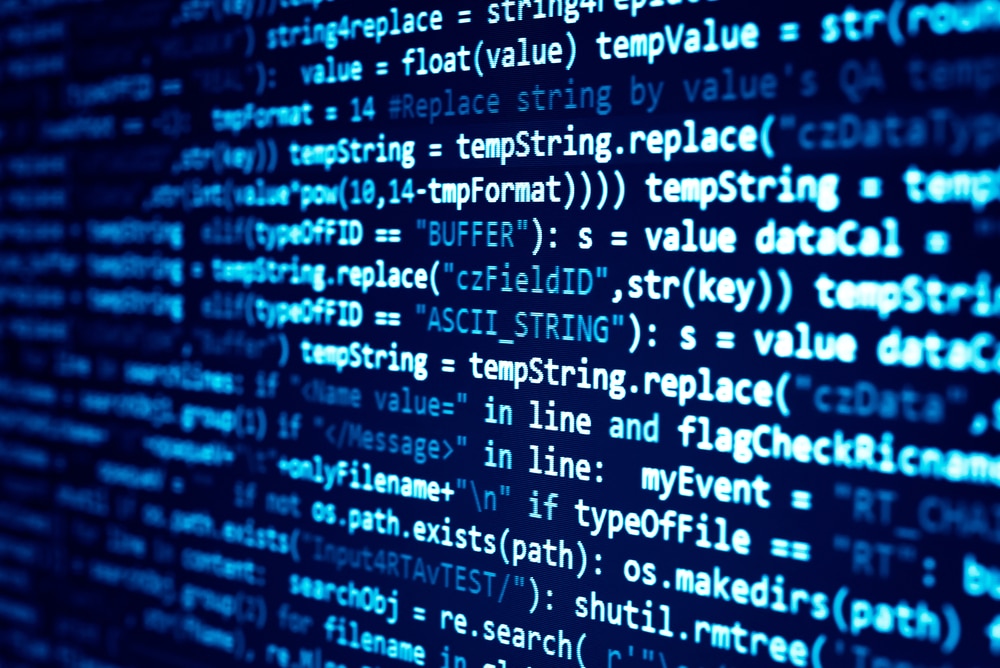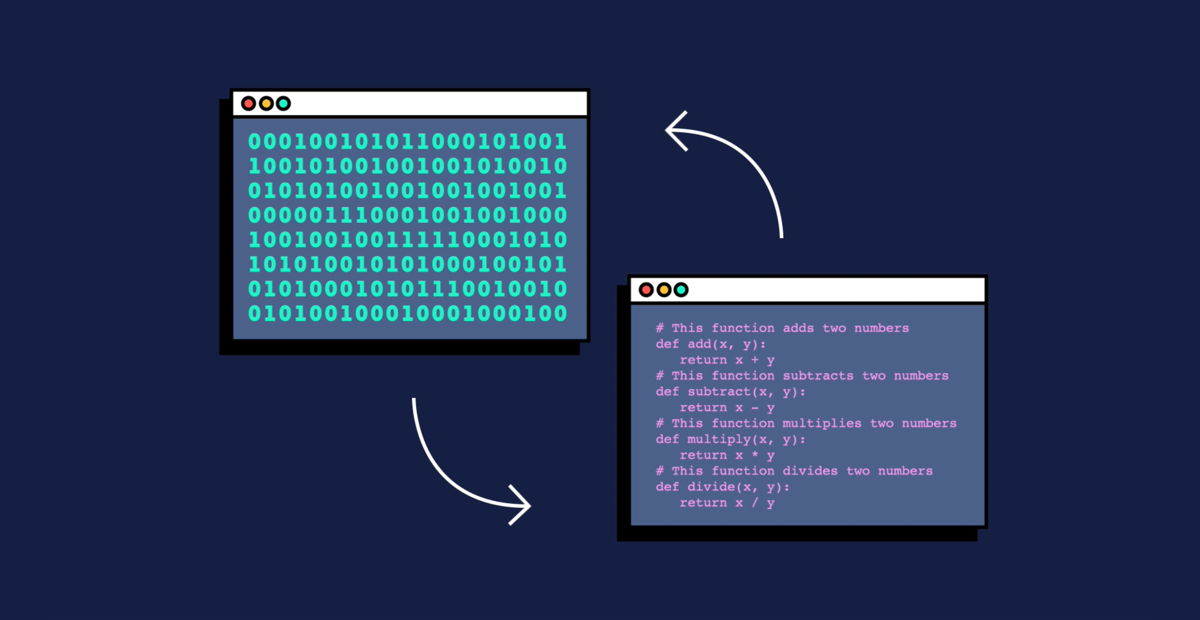In the world of computational science and engineering, accurate numerical methods play a pivotal role in solving complex problems and making critical decisions. Numerical Recipes, a renowned software library of algorithms and mathematical tools, has been a trusted companion for scientists, engineers, and researchers for several decades. With each new version, Numerical Recipes continues to evolve, introducing cutting-edge techniques and optimizations that significantly enhance its performance and usability.
What Are Numerical Recipes?
Numerical Recipes is a comprehensive collection of mathematical algorithms and computational techniques. It was first introduced in the 1980s as a book, written by William H. Press, Saul A. Teukolsky, William T. Vetterling, and Brian P. Flannery. Due to its immense popularity and usefulness, it later transitioned into software libraries available in various programming languages, including C++, Fortran, Python, and more.
The Evolution of Numerical Recipes
Over the years, Numerical Recipes has seen multiple versions, each building upon the success of its predecessor and addressing the needs of the scientific community.
Version 1.0 and Its Impact
The initial release of Numerical Recipes revolutionized scientific computing. It provided accessible and well-documented algorithms that were easy to implement. Researchers could now perform complex calculations efficiently, transforming the way numerical analysis was approached.
Version 2.0: Innovations and Improvements
With the second version, Numerical Recipes saw substantial updates. It introduced advanced optimization techniques, fast Fourier transforms, and statistical analysis tools. Version 2.0 set a new standard for numerical computation and garnered an even larger user base.
Version 3.0: Advancements in Numerical Techniques
The latest major version, Numerical Recipes 3.0, represents a significant milestone in the library’s history. It embraces modern computational practices and introduces state-of-the-art algorithms for solving a broader range of problems with increased precision and speed.
Key Features and Enhancements in the Latest Version

Numerical Recipes 3.0 comes with an array of powerful features and enhancements that cater to the evolving needs of today’s computational challenges:
Improved Performance and Efficiency
The latest version optimizes existing algorithms and introduces new, more efficient techniques. Researchers can now achieve results faster, saving valuable time in their computational endeavors.
Expanded Library of Algorithms
Version 3.0 expands the library with additional algorithms, covering diverse domains such as optimization, linear algebra, differential equations, and more.
Enhanced Visualization and User Interface
The latest iteration includes interactive visualization tools, making it easier to interpret and analyze data. The improved user interface enhances the overall user experience.
Integration with Modern Programming Languages
Numerical Recipes 3.0 seamlessly integrates with popular programming languages, including Python and Julia, making it more accessible to a broader audience.
Support for Parallel Computing and Cloud Services
Researchers can now harness the power of parallel computing and cloud services to accelerate their computations and tackle even more significant challenges.
How Staying Up-to-Date Benefits Scientists, Engineers, and Researchers
Keeping up-to-date with the latest version of Numerical Recipes offers numerous advantages to professionals in the scientific and engineering communities:
- Access to State-of-the-art Techniques: New algorithms and optimizations ensure researchers have access to cutting-edge methods for their work.
- Enhanced Reliability: The latest version undergoes rigorous testing, reducing the chances of encountering bugs or errors.
- Improved Productivity: Faster algorithms lead to quicker results, allowing researchers to focus on more in-depth analysis.
- Compatibility with Modern Hardware: Version 3.0 leverages the capabilities of modern processors and accelerators, maximizing performance.
- Community Support: Staying current enables researchers to connect with other users, exchange ideas, and benefit from collective knowledge.
Step-by-Step Guide to Updating Numerical Recipes
Here’s a step-by-step guide to help you smoothly update Numerical Recipes to the latest version:
Checking for Updates and Release Notes
Visit the official Numerical Recipes website or check for updates within your software to find the latest version. Review the release notes to understand the changes and new features.
Backing Up Existing Work
Before updating, ensure you create backups of your existing work to prevent data loss or compatibility issues.
Installing the Latest Version
Follow the installation instructions provided by Numerical Recipes to set up the latest version on your system.
Handling Compatibility Issues
If your code relies heavily on previous versions, make necessary adjustments to ensure compatibility with the latest version.
Success Stories: Real-Life Applications of the Latest Numerical Recipes
Numerical Recipes has been instrumental in numerous real-world applications across various disciplines:
Solving Complex Mathematical Equations
Researchers in mathematics and physics have utilized Numerical Recipes to solve intricate equations with high precision.
Optimizing Engineering Designs
Engineers have employed the library to optimize designs in fields like aeronautics, mechanical engineering, and material science.
Simulating Physical Phenomena
Numerical Recipes has facilitated the simulation of complex physical phenomena, aiding research in climatology, geology, and astrophysics.
Data Analysis and Predictive Modeling
In data-driven fields, researchers have used the library for data analysis, predictive modeling, and statistical inference.
Addressing Common Concerns and Misconceptions
Is Updating Necessary?
While earlier versions may still work for some applications, updating ensures access to new features and improved performance. It’s highly recommended to stay up-to-date.
Compatibility with Legacy Code
Developers should review their existing codebase and adjust it to be compatible with the latest version, while also leveraging the new features.
Learning Curve for New Features
The learning curve for the latest version is relatively smooth, especially for those already familiar with earlier releases.
Expert Tips for Maximizing the Potential of Numerical Recipes
To make the most out of Numerical Recipes, consider these expert tips:
Utilizing Online Resources and Forums
Engage with the Numerical Recipes community through forums and online resources to exchange ideas and seek help.
Collaborating with the Numerical Recipes Community
Collaborate with fellow researchers to share knowledge and work on cutting-edge projects together.
Exploring Advanced Algorithms and Techniques
Delve into the library’s advanced algorithms to unlock even greater potential for your research.
Future Developments and Roadmap
Numerical Recipes continues to evolve based on user feedback and technological advancements. The developers are committed to introducing more innovations and improvements in future releases.




Leave a Reply